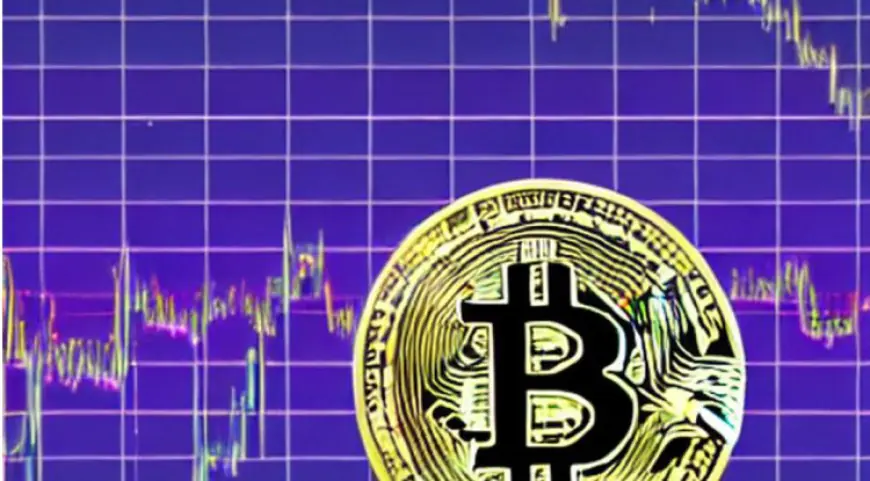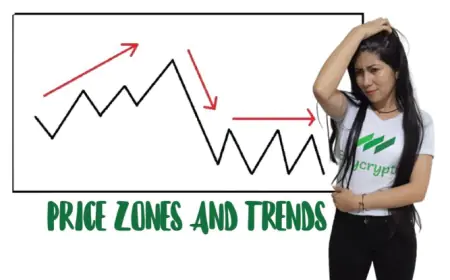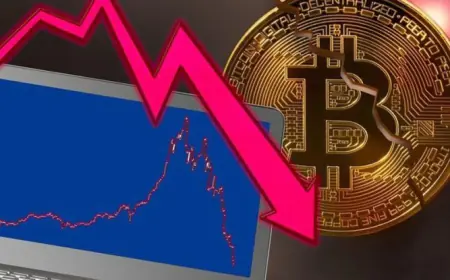Bitcoin Price Drops Below $27,000 Amidst Inflation and Rate Hike Concerns
Discover why the price of Bitcoin dropped below $27,000 amidst concerns about an interest rate hike by the US Federal Reserve. Learn about the impact of inflation, market manipulation, and cautious traders on Bitcoin's performance. Gain insights into the technical analysis and bearish targets set by traders in response to the current market conditions. Stay informed about the factors influencing the cryptocurrency market and make informed trading decisions.

On May 19, the price of Bitcoin experienced a significant drop below the $27,000 mark. This downward movement was primarily driven by concerns surrounding an impending interest rate hike by the US Federal Reserve. The fear of inflation and the potential for higher interest rates triggered a surge in large-volume trades, exerting downward pressure on Bitcoin's price. Adding to the complexity of the situation, opportunistic whales manipulated the market through liquidity, further influencing Bitcoin's behavior on shorter timeframes.
Interest Rate Hike and Inflation Worries: The market had initially anticipated the Federal Reserve to pause its hiking cycle in the coming month. However, the odds of a pause decreased to 62% on the day of the drop. This change in sentiment was prompted by growing concerns over inflation and the impact it could have on the broader economy. As a result, market participants reacted by adjusting their trading strategies accordingly.
Market Manipulation and Technical Analysis
In addition to inflation and rate hike fears, Bitcoin's price was also affected by opportunistic market manipulation by whales. These influential individuals strategically injected liquidity into the market, influencing short-term price movements. Furthermore, technical analysis revealed that Bitcoin retested its 100-day moving average (MA) for the third time in the past seven days. Traders also identified the possibility of the 200-week MA at $26,100 serving as a potential support zone.
Cautious Traders and Bearish Targets
Given the uncertain market conditions, traders exercised caution and set their sights on bearish targets, particularly around the $25,000 level. Some traders adopted a wait-and-see approach, anticipating a long position if Bitcoin could break above $27,500, or a short position if it closed below $26,600. However, the high long/short ratio signaled the need for a market shift before Bitcoin could regain higher levels.
Bitcoin's price experienced downward pressure as concerns about inflation, the potential for interest rate hikes, and market manipulation by whales weighed on the market sentiment. Traders remained cautious and awaited clearer signals before making decisive moves. As the cryptocurrency market continues to evolve, it is crucial for investors to closely monitor factors such as monetary policies and market dynamics to make informed trading decisions.
What's Your Reaction?
 Like
0
Like
0
 Dislike
0
Dislike
0
 Love
0
Love
0
 Funny
0
Funny
0
 Angry
0
Angry
0
 Sad
0
Sad
0
 Wow
0
Wow
0









































